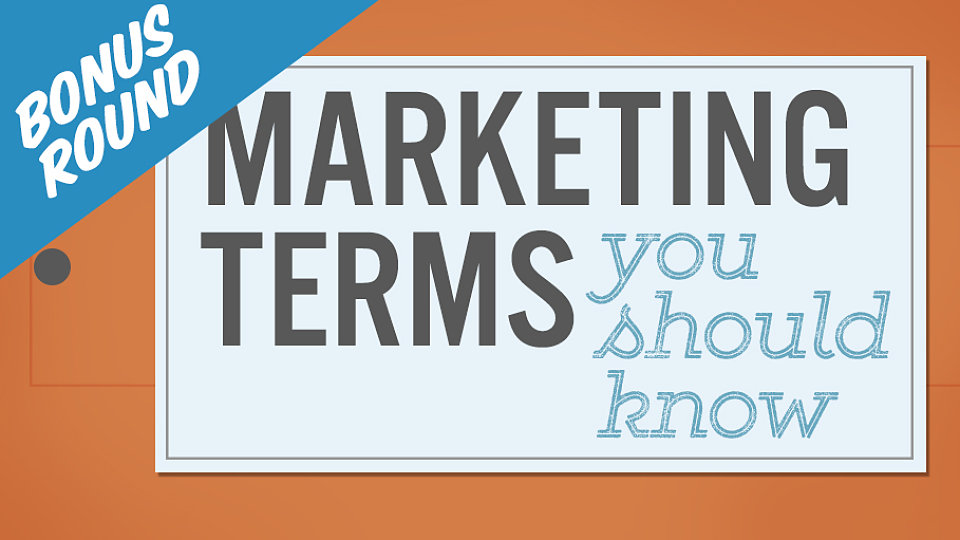The Marketing Terms Glossary You Need: Bonus Round
By Kristen Shoates
BONUS ROUND! What exactly is the difference between a blog and a post? A fan and a follower? Here are a few other terms you’re likely familiar with, but are easy to get mixed up. Ahh, clarity!
Blog vs. Blog Post: A blog refers to the website itself – typically an informational site focused on a particular topic or topics, with content appearing in date-driven, diary-style entries. These entries appear chronologically, typically from most recent to oldest. A blog post refers to the individual entry.
Follower vs. Fan vs. Subscriber: While all these terms refer to essentially the same idea – an audience member who has engaged you to receive more information – the channels of information are different for each. “Subscriber” typically refers to someone who has signed up to receive emails, blog updates or other more direct forms of contact. Fans and followers typically refer to social media audiences – “fans” is used to describe people who have liked your Facebook page while “followers” is more commonly used for Instagram, Pinterest and Twitter.
Marketing vs. Public Relations: While marketing and public relations certainly fall under the same umbrella, there are key differences between the two – both of which are important for success. Public relations focuses primarily on messaging, reputation management, publicity and media relations. Marketing encompasses a larger suite of services, including branding, design, digital, social media, direct mail, email, advertising, events and other tactics that support sales. Think of PR as reputation and relationships, and marketing as activities that drive revenue.
B2B vs. B2C: B2B stands for “business-to-business” where B2C stands for “business-to-consumer”. These terms refer to the primary type of target audiences your organization reaches: other businesses/gatekeepers or direct consumers. For example, a production or wholesale company that reaches retailers who then distribute products to consumers will invest primarily in B2B marketing; an example of this could be pharmaceutical companies marketing to hospitals and doctors. Organizations that sell product directly to consumers, such as restaurants and retailers, typically engage in B2C marketing.
Inbound vs. Outbound Marketing: Most of the common traditional marketing tactics are categorized as “outbound marketing”, or marketing efforts where you intentionally put your brand out into the world and attempt to start conversations with customers. Think advertising, commercials, mail pieces, etc. Inbound marketing is setting up your brand to be found by potential customers—such as creating great content that can be found online or investing in SEO so you can be found in online searches. Technology has made inbound marketing easier and more effective; marketers love inbound efforts because they are often lower cost, reach more targeted audiences and are easy to measure. But don’t slash your ad budget yet! Both outbound marketing and inbound marketing are critical to discovery, brand awareness, engagement and conversion.
Alright, now you should be up to speed on marketing terminology that you need to know to at least sound like you know what you're talking about. If you missed out on the first round of marketing terms, be sure to check those out here!














